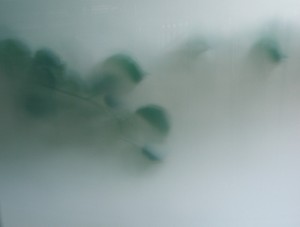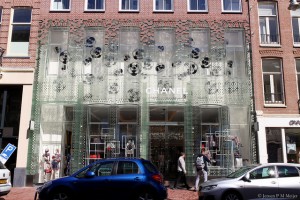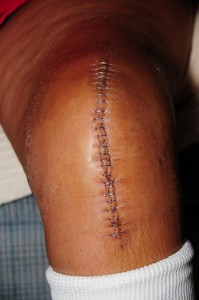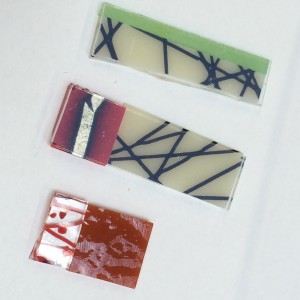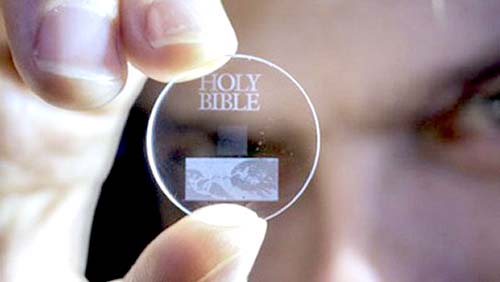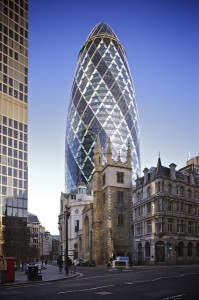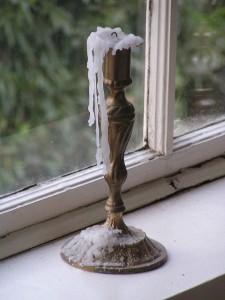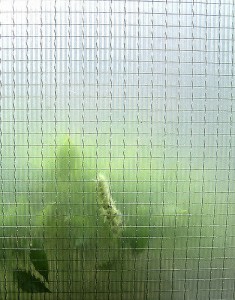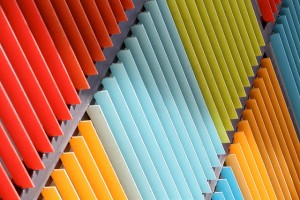Tunable glass goes opaque instantly
New approach to tunable glass
Two Harvard researchers have developed an inexpensive alternative that converts glass from transparent to opaque in less than a second. Better still, the production methodology promises to be much less expensive to manufacture.
According to the researchers, their approach is based on a physical reaction rather than a chemical one, so it allows the glass to make the transition much more rapidly. The tunable glass consists of a sheet of glass sandwiched between two sheets of a soft elastomer. The elastomeric layers have been coated with silver nanowires and are transparent in the absence of electrical current.
Once a current is applied, the nanowires are attracted to each other and deform the elastomeric layers. The deformation causes transmitted light to scatter, rather than pass through the window. The opacity of the layer increases as the current increases. Sufficient current will cause the windows to become completely opaque.
Currently, the researchers’ approach to tunable glass is still in the tweaking stage. The researchers hope to create an even thinner layer of silver nanowires, which would allow the technique to use less current. They’ve also applied for a patent in the hope that their technique can soon be brought to market.
Being able to control light as it approaches glass is a key component of energy efficiency in modern construction. Opaque glass can also create privacy in urban areas, where dense construction is the norm.
Glassprimer™ glass paint offers the opportunity to do both affordably. Glassprimer™ glass paint is highly UV-resistant, which means it can be used to coat glass in a way that allows light to penetrate, but rejects the heat-producing UV-radiation. Glassprimer™ glass paint can be applied permanently to glass to create an opaque effect for about $1 per square foot. That’s less expensive than using traditional frosted glass. And unlike frosted glass, Glassprimer™ glass paint comes in virtually any color.
If you’d like more information about decorating with Glassprimer™ glass paint, or about its UV-resistance, please check out the rest of our site. If you’d like to purchase Glassprimer™ glass paint, please visit our online store .
Photo Credit: tanakawho, via Flickr.com

